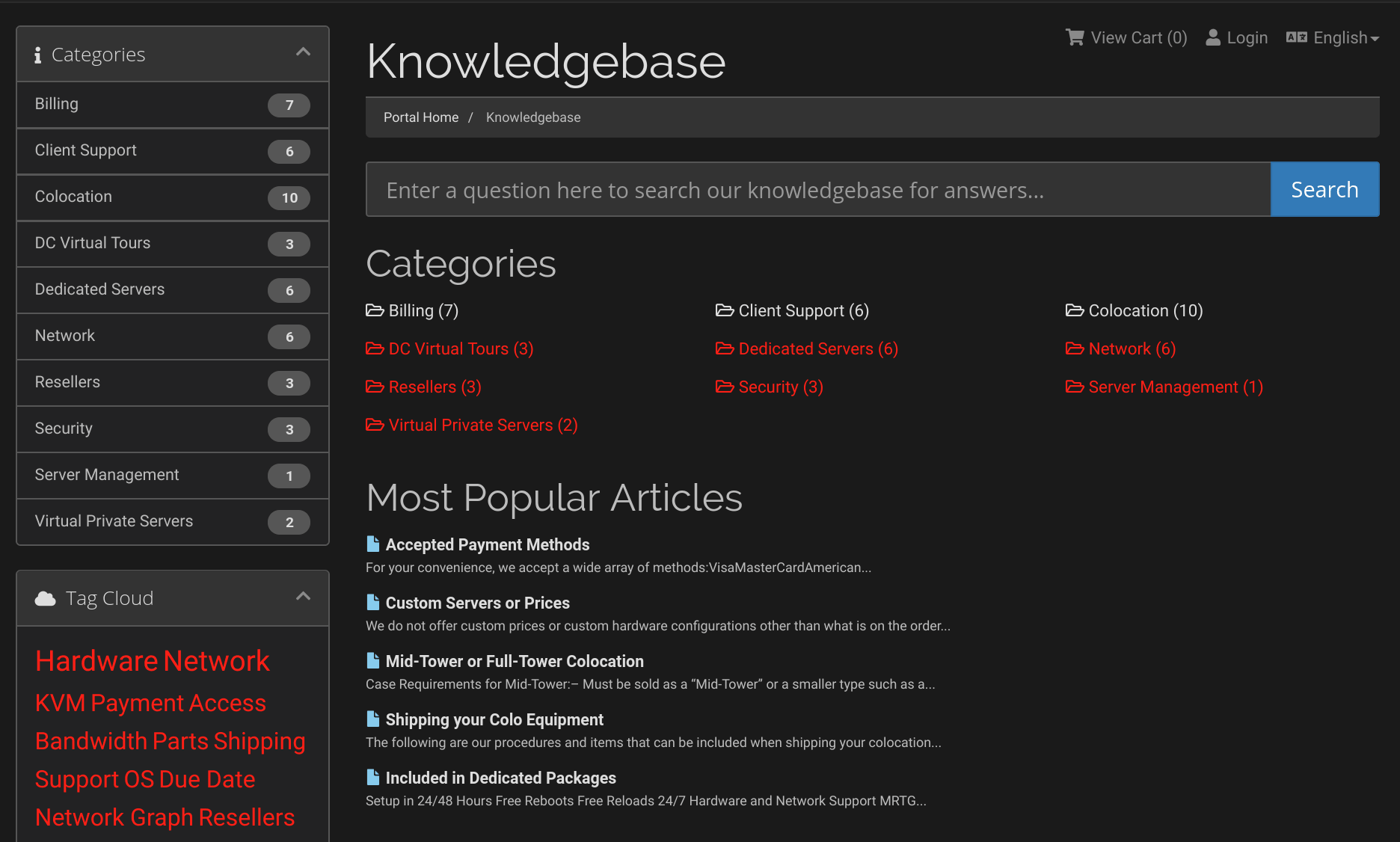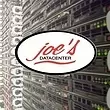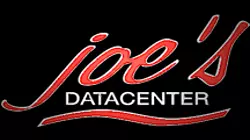Joe’s Datacenter was established in 2008 by Joe Morgan. His company owns and operates its own facility with two data centers located in downtown Kansas City, Missouri, from which it provides dedicated servers, virtual private servers, and colocation services.
All the in-house services are backed by in-house support, which helps Joe’s Datacenter provide clients with high-quality services at competitive prices. The company’s main website supports English, but its client area supports twenty-five additional languages.
Features and Ease of Use
Joe’s Datacenter offers a wide range of VPS plans that differ according to your choice of:
- OS template: Arch Linux, CentOS, Debian, Windows 2008, Windows 2012
- Compute Tier: Linux Development Tier or Linux/Windows General Compute Tier
- Compute Options: 1 vCPU to 4 vCPU with 4 GB to 16 GB RAM
- Storage: 10 GB to 8 TB
You also get to choose your network specifications (from 1 to 4 IP addresses, and from 1 to 1000 Mbps speed) and enjoy free incoming bandwidth.
Joe’s Datacenter also offers 33 dedicated server plans and 6 colocation plans. You can easily upgrade or downgrade at any time by submitting a support ticket. You can also submit a support ticket to request a free custom OS reload.
As the name suggests, one of Joe’s Datacenter’s selling points is its SOC 2 Type 2 certified data center facility that guarantees the highest levels of availability, security, confidentiality, integrity, and privacy. You can also be confident that this provider is compliant with PCI-DSS/HIPAA, ensuring data privacy and compliance.
Pricing and Support

The starter VPS plan is pretty cheap, and you can pay for it monthly in U.S. dollars via PayPal, credit card, eCheck, money order, and even Bitcoin. Unfortunately, Joe’s Datacenter doesn’t do refunds under any circumstances.
You can contact this company’s customer support team via telephone, support ticket, or email. Although Facebook, Twitter, and LinkedIn are also listed as contact channels, my Facebook messages secured no response. If you have to resort to self-support, you’ll find that the knowledge base contains several useful articles and tutorials. You can even click the FAQ section under each of the service pages, which will take you directly to the appropriate area of the knowledge base.
How much does Joe’s Datacenter cost?
Joe’s Datacenter offers multiple plans priced highest to lowest. The price depends on which type of hosting plan you choose. You can see the updated pricing table (updated weekly) below.
Which Joe’s Datacenter plan should I get?
My recommendation is to start with a cheaper plan. You can always upgrade later on. Joe’s Datacenter can help you with the migration to a more expensive plan. The increase in visitors many times takes longer than expected and you shouldn’t pay a lot of money until the need arises. Of course, your needs may vary, and you can consult with a hosting expert from Joe’s Datacenter.
How good is Joe’s Datacenter’s customer support?
Joe’s Datacenter is not ranked as one of our top web hosts. But that can also be a result of Joe’s Datacenter being a small, under the radar, hosting provider. There are advantages to a small hosting company – as a customer, you are more important to them. You can also check out our comparison of the most popular web hosting services here.










